Mogadishu, Somalia — In a historic step reflecting a strategic shift in crisis management, the national consultation on the Somali Anticipatory Action (AA) Roadmap concluded in Mogadishu. Over two days, the Somali Disaster Management Agency (SoDMA), in collaboration with its international and regional partners, led extensive efforts to build the first-ever national framework. The goal is to move beyond delayed reaction and towards early, proactive measures, strengthening the resilience of the Somali community against increasing risks.
Opening Speeches: From Reaction to Resilience
The consultation opened with powerful speeches emphasizing the importance of this strategic shift in mindset for crisis management.
Mr. El-Khidir Daloum, the World Food Programme (WFP) Representative in Somalia, stated that this roadmap will bring a qualitative change in reducing humanitarian crises, explaining that “taking early action reduces humanitarian and economic costs and saves thousands of lives.”
The Food and Agriculture Organization (FAO) Representative highlighted the importance of integrating agricultural and rural solutions into anticipatory action plans, enabling farmers and pastoralists to continue their activities even in severe weather conditions.
Similarly, the International Federation of Red Cross and Red Crescent Societies (IFRC) Representative affirmed that regional experience has proven that anticipatory action reduces the scale of a disaster, adding that this joint effort reflects the commitment of the international humanitarian community to support Somalia.
The Head of the IGAD Mission in Somalia, Mr. Mahmoud Karshi, pointed out the importance of regional cooperation and coordination, saying, “Climate crises do not recognize borders. Anticipatory action is a collective step we take, reflecting IGAD’s commitment to building a crisis-resilient region.”
For his part, the Commissioner of the Somali Disaster Management Agency (SoDMA), Mr. Mohamud Moallim Abdulle, confirmed that “moving from post-disaster reaction to taking proactive measures before a disaster strikes represents a strategic shift that is in the best interest of the Somali people.” He stressed that the growing challenges of droughts, floods, and conflicts now require a new and effective approach.
Day 1: Shaping the Vision and Defining the Strategic Pillars
The sessions on the first day, August 20, 2025, involved deep and interactive discussions, focusing on a comprehensive assessment of the current situation and building the foundation of the future vision.
- Analysis of the Current Situation and Challenges in Somalia: The session began with a presentation analyzing the main challenges facing Somalia, from climate change to local conflicts causing waves of displacement. Participants focused on lessons learned from past crises and how delayed reaction exacerbated humanitarian problems.
- Identifying Institutional and Financial Gaps: The flaws in the current system were highlighted, particularly the absence of early financing mechanisms and the weakness of coordination between governmental and non-governmental institutions. Experts emphasized the need to build an integrated system that connects climate forecasting, financing, and on-the-ground actions.
- Clarifying the National Vision: The session saw a rich debate that led to the formation of a unified national vision for anticipatory action. Participants agreed that the vision should be based on “data-driven early action, enabled by financing, and supported by policies.”
- The Four Pillars of the Roadmap: Four key pillars were identified to be the core of the roadmap:
1- Risk-Informed Early Warning: Developing robust systems for forecasting climate events in advance.
2- Anticipatory Financing: Creating flexible and rapid financing mechanisms to disburse funds as soon as a warning is issued.
3- Early Response: Developing clear plans that define the actions to be taken before a disaster strikes.
4- Institutional Coordination and Partnerships: Strengthening cooperation between government agencies, local organizations, and international partners to ensure the optimal use of resources.
Day 2: Developing an Actionable Plan
The second day, August 21, 2025, moved from theoretical discussions to practical implementation. Participants were divided into specific working groups to develop effective mechanisms for each of the pillars identified on the first day.
- Framing National Coordination: It was proposed to establish a national coordination committee for anticipatory action, including representatives from the Somali Disaster Management Agency, the Ministry of Agriculture, the Ministry of Planning, the Ministry of Environment and Climate Change, and humanitarian agencies. The committee’s task will be to develop action plans, unify efforts, and ensure that data flows to all parties.
- Sustainable Financing Mechanisms: Several options for ensuring the sustainability of financing were discussed, including the creation of a national fund to enable the availability of funds when needed. The importance of cooperation with international donors was also emphasized to ensure that funding arrives in a timely manner.
- Defining Actions and Responsibilities: The working groups provided details of specific actions for each of the expected scenarios. For example, the actions to be taken if a drought is forecast were defined (e.g., distributing drought-resistant seeds, providing water to pastoralists).
- Integration with National Policies: It was stressed that the roadmap should not be a standalone document but should integrate and align with existing national strategies and plans, such as the national development strategy and climate change adaptation plans.
The consultation concluded with a speech by the Director of Disaster Risk Management at the Somali Disaster Management Agency, Mr. Khadar Sheikh Mohamed, who praised the efforts made, affirming that this consultation is the beginning of a new phase of hard and fruitful work.
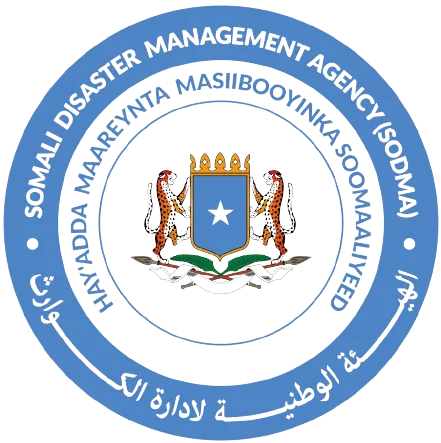

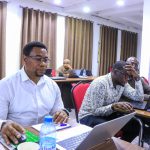

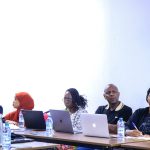
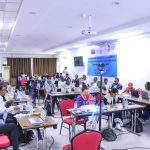
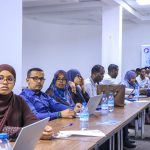
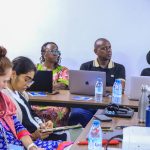
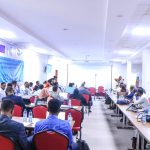
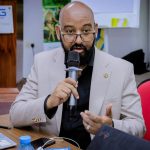
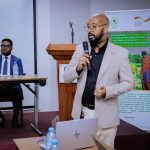
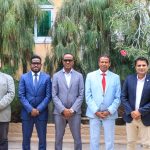
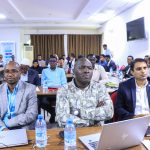
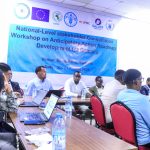
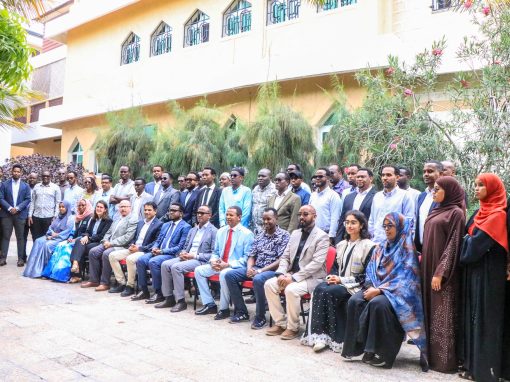
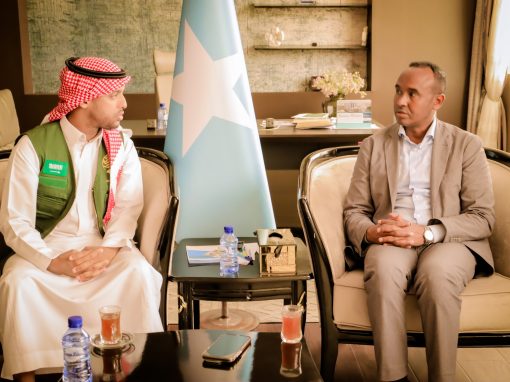
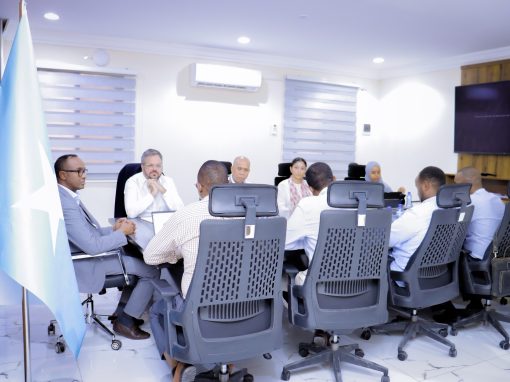



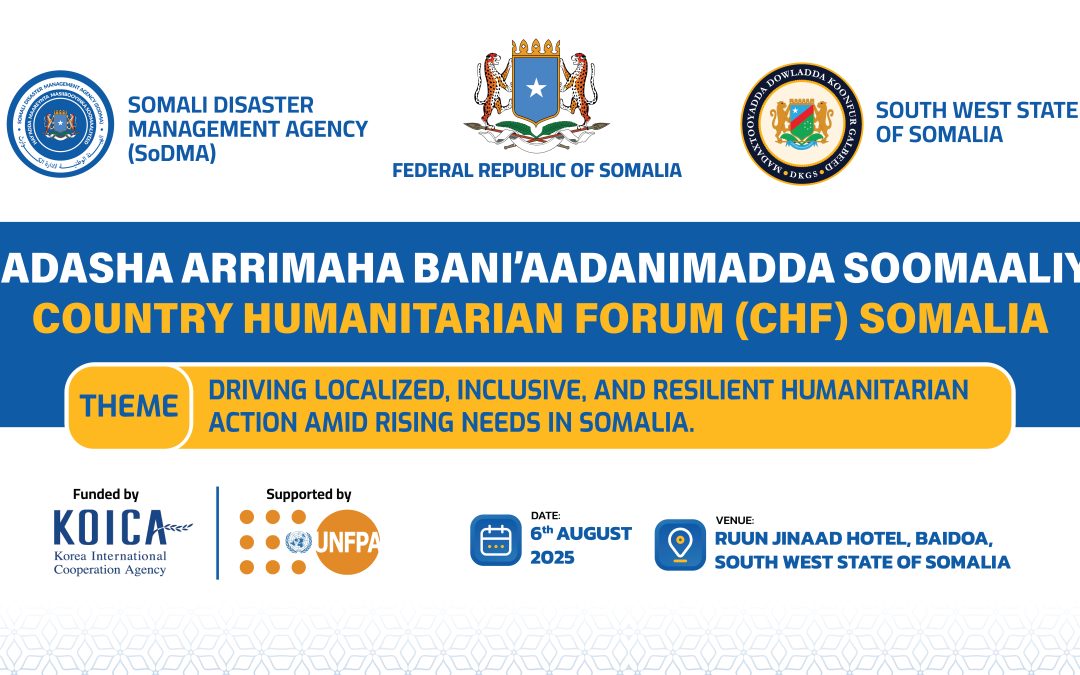

0 Comments